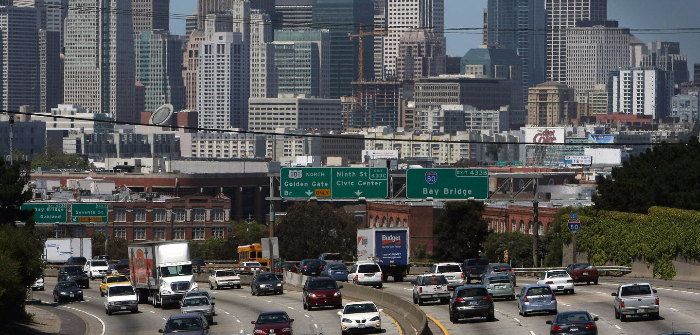America’s EPA administrator has issued a Proposed Determination concerning the appropriateness of the existing light-duty vehicle greenhouse gas emissions standards applicable to model years 2022 – 2025.
The 2025 standard drops greenhouse gas emissions to 166g/m, a reduction of 34% compared to 2016 levels. This Proposed determination is consistent with the commitment made back in 2012 by the federal government and California to conduct a mid-term review (MTR) of the standards. In its Proposed Determination EPA relies on an extensive technical assessment and public process to conclude that the standards are well supported and do not require adjustment. ARB will review this extensive Proposed Determination and offer specific feedback to U.S. EPA as appropriate.
“This action provides solid support for continuation of the single national program to produce a new generation of clean vehicles to address the air quality challenges facing California and other states,” said CARB Chair Mary D. Nichols. “The Proposed Determination is fully supported by the extensive technical assessment and provides the auto industry ample lead time and assurance towards the type of innovation and investments needed to meet the 2025 greenhouse gas standards in California and elsewhere in the United States.”
The technical and economic underpinnings informing this Proposed Determination were captured in the Technical Assessment Report (TAR) that U.S.EPA and the National Highway Traffic Safety Administration published this summer in collaboration with CARB. The TAR concluded that auto makers are on track to meet or exceed the 2025 GHG standards at or below the costs originally expected in 2012.
The Proposed Determination is welcome and timely as CARB prepares to issue its own Technical Support Document to inform the Mid-term Review of the California Advanced Clean Car (ACC) Program. The ACC Program is a regulatory package consisting of the California LEV III, GHG, and criteria emission standards, and the ZEV requirements. California will release its Mid-term Review staff document for public comment shortly in anticipation of Board consideration in February 2017. At that time, the Board is expected to also deliberate on future policy and the role of post-2025 GHG and ZEV standards to help meet California’s 2030 goals.


